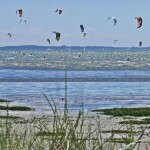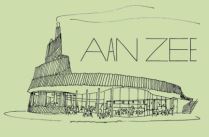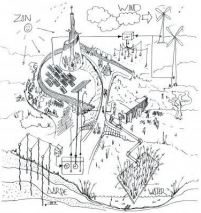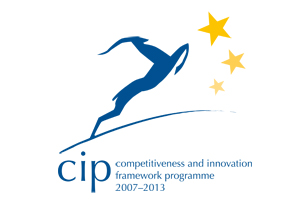| Good Practice Innovation Sheet |
   |
| Items |
Description |
| 1. WHO |
| Key people and organisations (initiator, leader, partners) |
Coastal and Marine Union EUCC and the Municipality of Westvoorne |
| Aan Zee restaurant |
| |
| Key Figures |
Surface |
Inhabitants |
Tourism arrivals |
Tourism nights |
| 97.52 km2 |
14,145 |
N/A |
N/A |
| 2. WHY |
| Reason for taking the good practice action |
|
| Issues and challenge |
|
| 3. HOW |
| Methods /steps / tools used (to develop the good practice) |
Completed in 2011, the Aan Zee is an ecologically sustainable restaurant settled in a nature reserve amongst the dunes of Oostvoorne beach. The restaurant has been designed to be as energy efficient and sustainable as possible through an innovative design, the use of efficient lighting and appliances, solar and wind energy, natural air ventilation and even geothermal techniques for heating and cooling. Solar panels have been installed in the roof and visitors can climb to the top of its spiralling watchtower to enjoy the views. It also provides its own water supply and sewage disposal. This building was constructed with natural materials and an innovative design in order to ensure its harmonious integration into the dune landscape. Built in only four months, it can be easily dismantled and recycled. The restaurant provides information about the countryside of the area. The food served in this restaurant is prepared with ingredients supplied by local farmers and fishermen and cooked in wooden stoves. |
| 4. RESULT |
| Specific/measurable results, benefits |
The restaurant has become a unique selling point for Oostvoorne because of the unique design of the restaurant. It’s totally self-sustainable and this fact attracts tourists. Contacts with entrepreneurs in Oostvoorne have learned us that the number of visitors for the city, beach en dunes has increased since the opening of the restaurant. |
| Recognitions (e.g. awards) |
QualityCoast Gold Award 2013.
Several awards in the hospitality industry for its unique design and concept. For the specifics you can contact the restaurant.
|
| 5. REFLECTION |
| Lessons learned |
Because of its unique concept it was difficult for the entrepreneur to get the necessary permits. The help of the municipality was essential for the success. Without it the permits would never have been giving out. The lesson for us is this: sometimes it is necessary to assist and help with an unique concept. The extra effort pays back when it is realised. |
| Challenges met |
|
| Critical success factors |
|
| 6. MORE |
| web-references, documents |
www.aanzeeoostvoorne.nl/, www.westvoorne.nl/ |










 Westvoorne (NL)
Westvoorne (NL)

















































